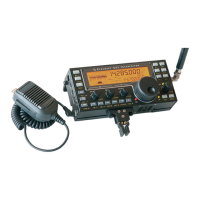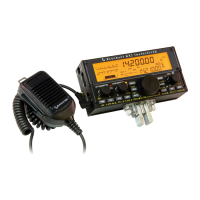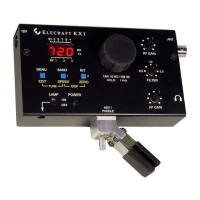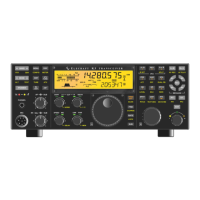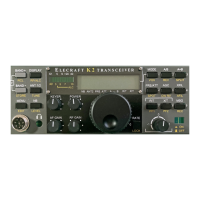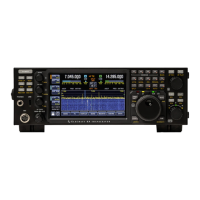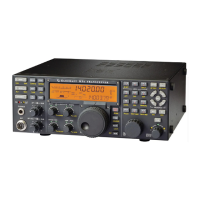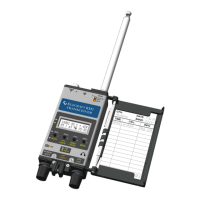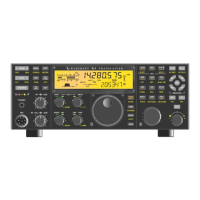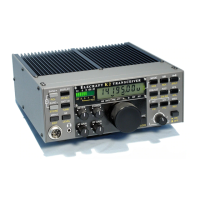Why am I hearing opposite-sideband images on my ELECRAFT KX3 Transceiver?
- FFrank ThompsonSep 9, 2025
If you are hearing opposite-sideband images on your ELECRAFT Transceiver, and the images appear too high in amplitude, carefully redo the Receive Sideband calibration procedure. If sideband image rejection is poor only for FL2 and/or FL3, but not FL1, the KXFL3 roofing filter module may be at fault.
